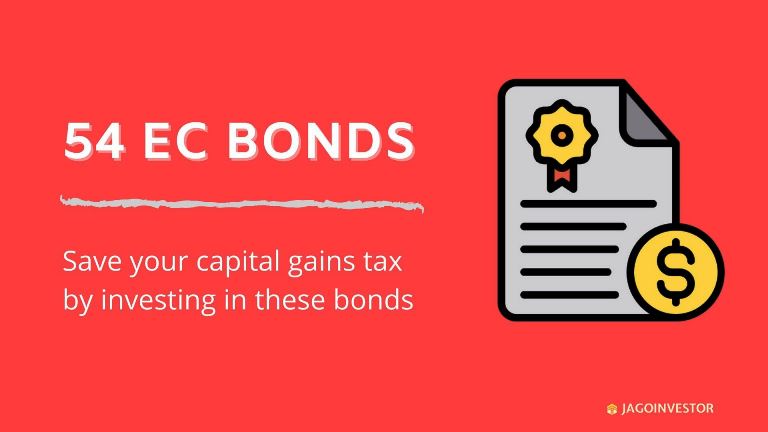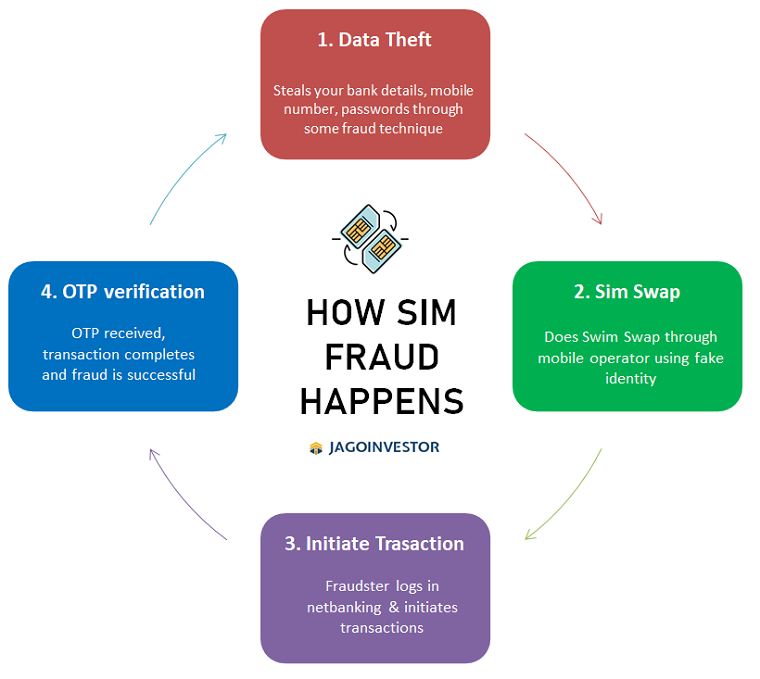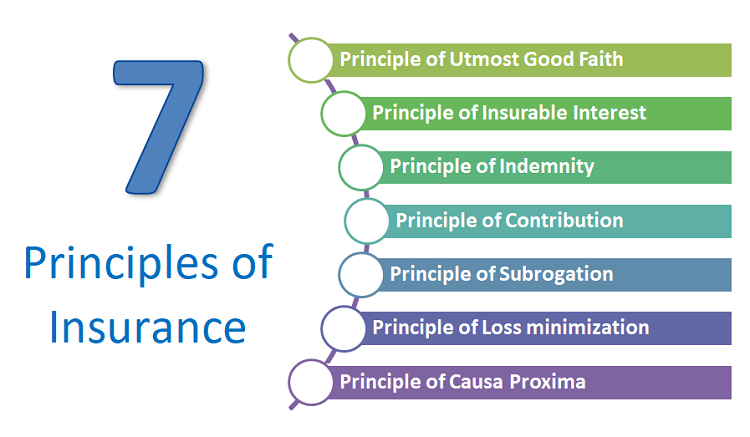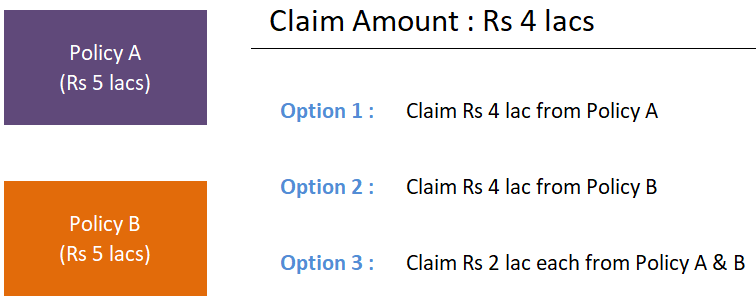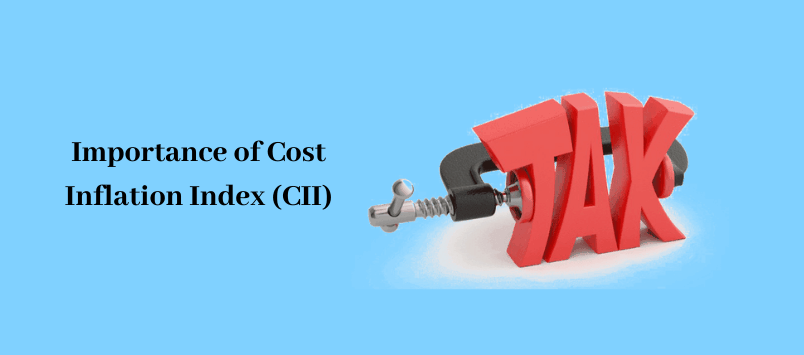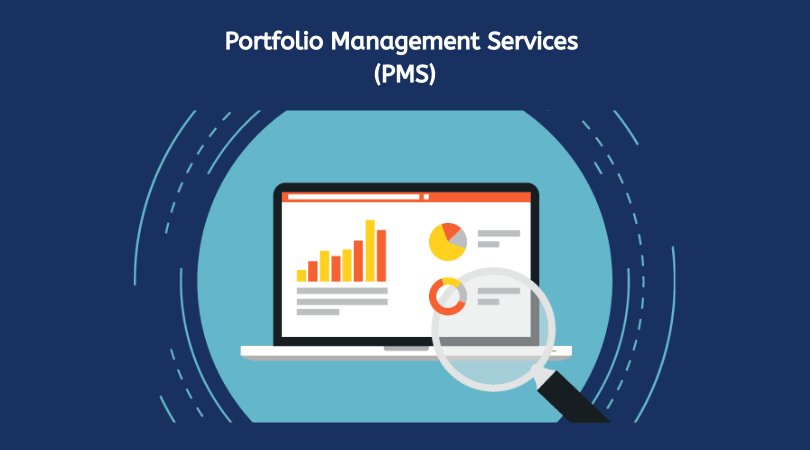When you sell any capital asset like a house, gold, bonds or debt mutual funds over a long period, you generally make a PROFIT, which is called as Capital gains. This is treated differently from “interest income” which you get from fixed deposits and these capital gains are taxed at 20%.
In case of selling house, these amounts can be quite big and if you reinvest these capital gains, you will not have to pay any taxes.
However at times, an investor may not want to invest in another house and also not willing to pay taxes.
54 EC bonds can help you in saving the capital gains tax.
What are 54 EC Bonds?
54EC bonds (capital gains bonds) are the best investment option through which an investor can save long-term capital gain taxes.
54EC bonds are specifically meant for investors earning long-term capital gains and would like tax exemption on these gains. The tax deduction is available under section 54EC of the Income Tax Act. However, 54EC bonds can only save long term capital gains taxes, and not short term capital gains taxes. Check out our Capital Gains Tax Calculator
The maximum limit for investing in 54EC bonds is Rs. 50 Lacs.
As we said above, an individual can invest in these bonds after receiving capital gains from selling a property, sale of land, or building (residential or commercial).
If you want to save your capital gains, you will have to make your investments in 54 EC bonds within 6 months from the date of sale of the property or before filing your income tax returns.
Features & Benefits of 54 EC Bonds
- As 54EC bonds are generally AAA rated and hence it is the safest and secure bond as it is backed by the Government of India.
- Interest earned on these 54EC bonds is taxable in nature. So while you don’t pay any tax on the lump sum you got after selling the house or another property, the interest earned from these bonds are taxable.
- No TDS is deducted on interest from 54EC bonds and wealth tax is exempted.
- 54EC bonds come with a lock-in period of 5 years and are non-transferable in nature.
- The minimum investment an investor can make in 54EC bonds is 1 bond amounting to Rs. 10,000 and the maximum investment in 54EC bonds is 500 bonds amounting to Rs 50 lakhs in a financial year.
- The interest these bonds offer is at 5.75% which is payable annually. This is not very high interest, and if you pay taxes on these, the final post tax returns will be much lower.
- These bonds can be held in Demat Form and Physical Form as well.
Eligible Bonds under section 54 EC –
So when we say 54 EC bonds, it’s not exactly a product in itself. There are actually 4 types of bonds which come under the definition of 54 EC bonds. They are as follows –
- REC (Rural Electrification Corporation) – Download form
- NHAI (National Highways Authority of India) – Download form
- IRFC (Indian Railway Finance Corporation) – Download form
- PFC (Power Finance Corporation Ltd- Download form
Let us see the comparison between REC and NHAI as these are the most popular options to invest.
[su_table responsive=”yes”]
| BOND | REC Bonds | NHAI Bonds |
|
5.75% | 5.75% |
|
AAA/Stable (CRISIL) | AAA/Stable (CRISIL) |
|
Rs. 10,000 | Rs.10,000 |
|
Rs.50 Lakhs in Financial Year | Rs.50 Lakhs in Financial Year |
|
5 yrs | 5 yrs |
|
Annually | Annually |
[/su_table]
What if you don’t invest in 54 EC bonds?
If you don’t want to invest in these 54 EC bonds and rather want to invest in other financial products like a fixed deposit, debt mutual fund or equity mutual funds – then remember that first you will have to pay the tax, and then you can invest only remaining amount which may fetch higher return compared to 54 EC bonds returns.
However a quick calculation shows that you are better off investing in EC bonds, if you are not looking forward to invest in equity mutual funds and are ready to take risk. In general it’s usually a good idea to put money in 54 EC bonds and over 5 yrs, you will have decent amount of money.
Only if you are ready to take high risk, and are not looking for lock in, then you can put this money in equity mutual funds. Below is a comparison between all 4 options we talked about
[su_table responsive=”yes”]
| What? | 54 EC bonds | Fixed Deposit | Debt Mutual Funds | Equity Mutual Funds |
| Capital Gains Amount | 50,00,000 | 50,00,000 | 50,00,000 | 50,00,000 |
| Tax to be Paid before investing | NIL | 1000000 | 1000000 | 1000000 |
| Amount Remaining for Investment | 5000000 | 4000000 | 4000000 | 4000000 |
| Return | 5.75% | 7% | 8.50% | 11% |
| Taxes on Investment | 30.00% | 30% | Approx. 6% (assuming 4% inflation in CII index and 20% capital gains tax) | 10% capital gains tax without indexation |
| Post Tax Returns | 4.03% | 4.90% | 7.99% | 9.90% |
| Final Maturity Amount (Post Tax) | 6090579 | 5080862 | 5874591 | 6412811 |
| Notes | This is Assured | This is Assured | This is not 100% assured, but the final returns you will get will be close to assumption most probably | This is surely dependent on the equity returns, which can be very volatile, so the final result can be much less, or much higher than the assumption |
[/su_table]
Note that the only option which has some chances of beating the 54 EC bonds returns is equity, but you have to remember that this is not an option for everyone. Only one who can take right decisions about equity and is ready to take higher risk / high reward path should get into it.
Otherwise, overall investing in 54 EC bonds looks like the best option, but it will come with strict lock in.
So, this was all that I wanted to share in this article. Let me know your queries in the comment section.
